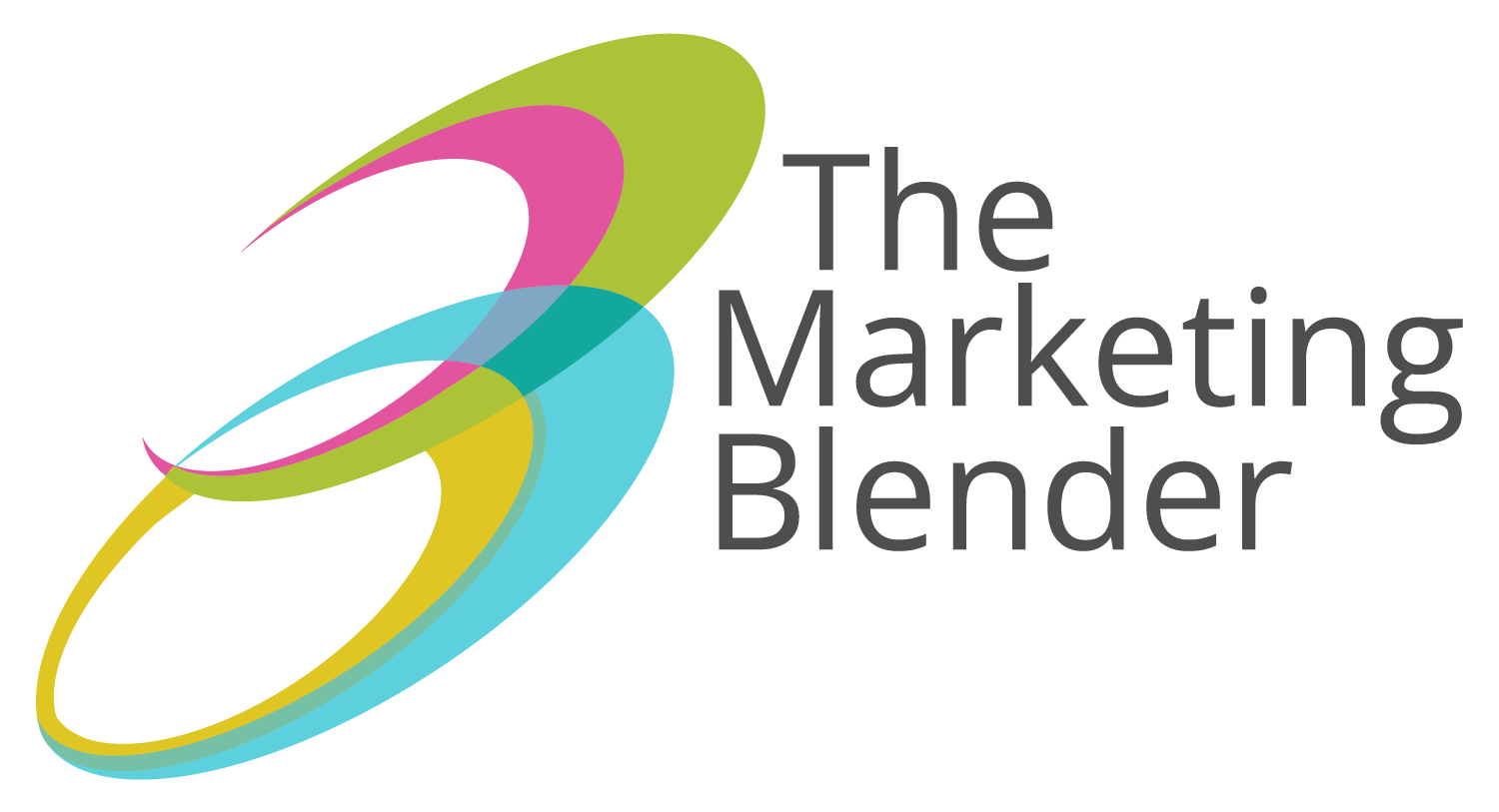To drive real business results you have to know what to measure B2B KPIs and why.
The data streams that you can track and analyze is nearly endless. So, trying to measure everything that can be measured all at once is a sure way to overwhelm and burn out your team. To set yourselves up for success, pick a few B2B KPIs that are actionable and align with your strategic goals. But before you can decide what to measure, you must understand why you are measuring it.
Generally, key performance indicators (KPIs) can be divided into two categories: revenue metrics and program metrics.
- Revenue metrics are the business-driving, strategic KPIs that your executives care about. They are how you demonstrate that marketing is contributing to revenue and profit growth.
- Program metrics are the daily, tactical numbers that your marketing team can use internally to check and optimize the performance of your campaigns and database management.
Revenue metrics tell the big-picture story.
How do you explain the value of your marketing plan to your CEO and CFO, especially when it’s time to approve your B2B marketing budget? You must quantify the impact that your marketing has on acquiring and converting leads to deals and revenue. Here are the key types of revenue metrics to consider:
Marketing lead metrics
Inquiries or raw leads are usually the first KPI on the list because it’s where the qualification process begins. So, tracking net new leads added to your marketing contact database is an ideal place to start. Then, marketing qualified leads (MQLs) measure the number of prospects with buying intent that are ready to pass along to sales. B2b digital marketing metrics can influence pipeline flow and lead velocity rate.
Sales lead metrics
Sales accepted leads (SALs) are MQLs that have moved into the sales pipeline. It is vital that marketing and sales agree on what requirements must be met for a qualified lead; this can include a mix of demographic info and online actions like site visits and content downloads. Sales qualified leads (SQLs) are entered into your customer relationship management (CRM) system to be assigned to a sales rep and associated with a potential revenue value. This information can be combined with historical close rates to make accurate revenue forecasts.
Conversion metrics
Conversion rates are the percentage of visitors to your website who complete a particular action, such as downloading a white paper, signing up for your newsletter or requesting a demo. These metrics demonstrate the effectiveness of your marketing and website to move prospects from MQLs to SQLs.
Nurturing metrics
Lead nurturing reengages people who don’t score high enough to convert to MQLs and SALs that aren’t ready to buy yet. Tracking a nurturing campaign will help move these prospects back into the sales pipeline.
Program metrics tell you what’s working.
If you measure it, you can improve it. Test. Learn. Optimize. That’s the beauty of program metrics. Theses KPIs track the day-to-day effectiveness of your B2B marketing team’s campaign and program executions. Here are the key types of program metrics to consider:
Benchmarking metrics
Comparing your results to industry best practices and your competitors’ efforts is a useful tool for seeing how your work measures up in the market. For example, if your email newsletter open rates are consistently below the industry average, you’ll quickly realize the need to evaluate your B2B email marketing campaigns. A few other examples of benchmarking metrics include
- Website visits and page views
- Online form completion and abandonment rates
- Click-through rates
- Gated content downloads
A word of warning; comparing your numbers to those of your competitors or historical data is a useful tool for spotting trends, but they don’t always indicate a positive or negative effect on lead generation or revenue.
Social media metrics
There’s a lot of talk about getting more “likes.” But don’t confuse a rush of endorphins with real business results. Social media metrics are often referred to as “vanity metrics” for a reason. That said, they do deliver great value when considered properly. Similar to benchmarking metrics, they can point you in the right direction to what is resonating with your different buyer personas. Gaining more followers is nice, but actually converting them into leads and revenue requires a holistic B2B marketing strategy.
Data quality metrics
As your B2B marketing engine grows — or if you’ve inherited a marketing organization that has been built over years — the quality of your database can become an issue. Outdated and inaccurate records will negatively impact the ROI of most of your marketing efforts. Tracking KPIs like list source performance, average lead age and database size can flag potential concerns with data quality before they become problems.
Take your B2B marketing metrics to the next level.
Start with a few key metrics to maximize their effectiveness and develop your internal process. Over time, you will probably want to track several KPIs in each of the categories listed above. Another big payoff is automating your data collection process. B2B marketing automation uses tools to identify, track and analyze your key metrics, which frees you from time-consuming spreadsheets.
No matter what KPIs you decide to track, the key is to turn that data into insights that you can act on to improve your results. The ability to truly connect your marketing efforts to real business results is transformative. We’ve seen it happen for our clients; you can make it happen too.
Blender is a full-service B2B marketing agency focused on accelerating growth for clients in manufacturing, healthcare, software and professional services. If you have any questions, we’re here to help.



